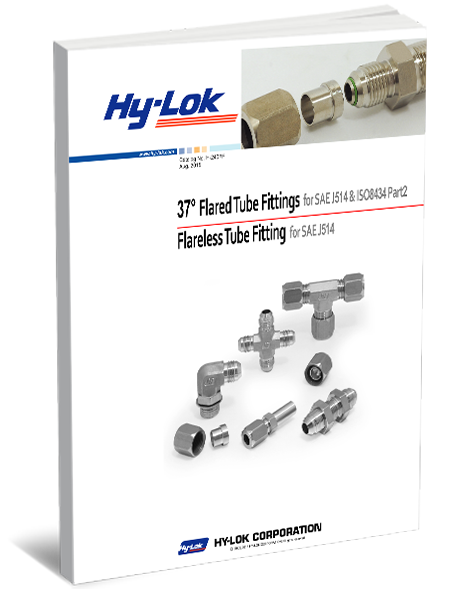High-pressure valves are designed to handle heavy demands from fluid control systems while ensuring maximum safety and performance. However, even with proper care and routine maintenance, valves eventually wear out. Without appropriate repair and replacement procedures in place, your fluid system can be subject to sudden failures, ruptures, and other issues that can undermine the safety of your operation.
To help kickstart your organization’s repair and replacement strategy, here are 3 tips for knowing when to repair/replace your high-pressure valves.
1 – Know & Follow All Jurisdictional Requirements
If you’re not following current repair and maintenance regulations for your industry, you may be at risk for fines, suspended operations, or even sudden failures or equipment damage.
Remember: repair and maintenance regulations exist to ensure the safe operation of your equipment and prevent you from damaging your system, suffering an unexpected shutdown, or worse. Be sure to have your health and safety team stay on top of regular upkeep and inspect high-pressure valves often for signs of wear and tear.
2 – Know the Lifespan of Your Components, Including Elastomers
Every component of your fluid system has an estimated lifespan. A high-pressure valve’s operating life can be affected by numerous factors, including operating pressure, the type of fluid, as well as the operating environment.
In particular, elastomers (i.e., O-rings and other seals) in your valves and other fittings can (and do) wear out quickly under high temperature and high production conditions, leading to leaks and decreased performance. Unfortunately, this can often be overlooked in many maintenance strategies. To avoid any unexpected malfunctions, establish an accurate lifespan of every part of your fluid system, and ensure that components are regularly inspected, maintained, or replaced.
3 – Know The Cost of Repair vs. Replacement
When your high-pressure valves are no longer performing as they should, it can be challenging to determine whether repair or replacement is the best option. Not only is it essential to consider what the most cost-effective option is, but also what will provide the best long term solution.
If repairing the valve can save you money without hindering your system’s overall performance, it may be the best solution. However, if the total cost of repair exceeds 60% of the cost of acquiring and installing new components, investing in new valves may be a better long-term solution to keep your fluid system operating at its peak.
High-Pressure Valve Solutions with Hy-Lok
Since 1977, Hy-Lok Canada has been a leading manufacturer and supplier of high-pressure valves and fluid system solutions. With a vast inventory of components crafted from top-quality materials including 316 stainless steel, carbon steel, brass and special alloys, Hy-Lok is the clear choice for Canadian industry. Learn more about our products, including availability, by contacting our team today!




